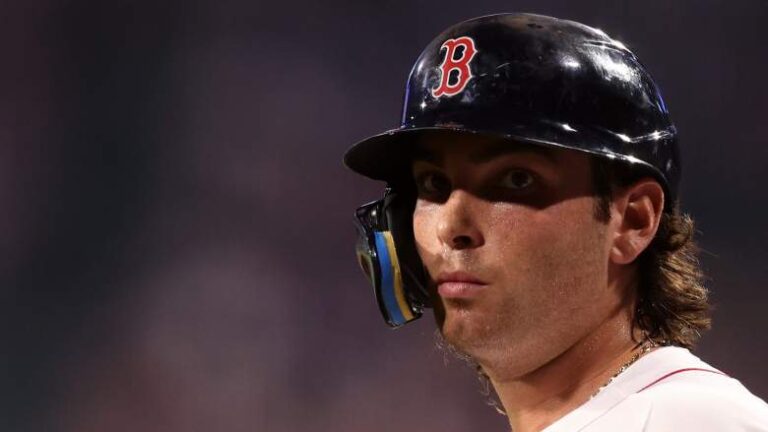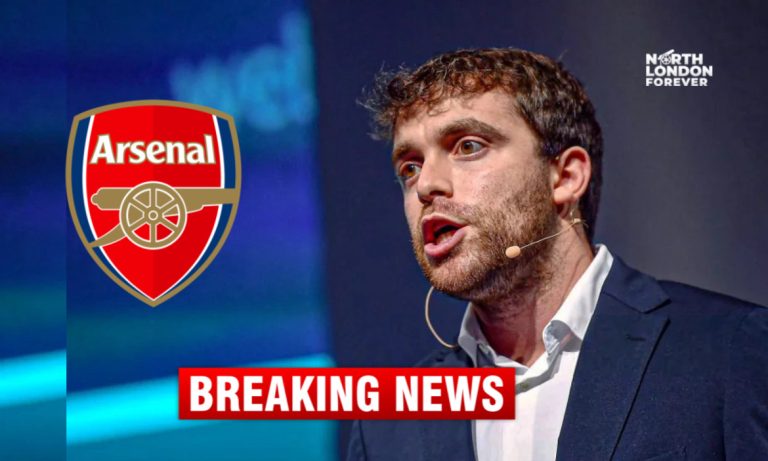The Boston Red Sox appear to be sending a clear and unmistakable message to first baseman Triston Casas: it’s time to turn things around.
Twelve games into the 2025 season, Casas’ performance has fallen far short of expectations. Once viewed as a cornerstone of Boston’s lineup, Casas has stumbled out of the gate, managing just a .174 batting average. He’s collected only eight hits in 46 at-bats, with five walks and 15 strikeouts. The power that the Red Sox and their fans hoped to see develop in his third season hasn’t materialized. Casas has just one home run and four RBI, and his slash line—a .240 on-base percentage and a .283 slugging percentage—adds up to a disappointing .523 OPS.
That kind of production, especially from a player expected to hold down a key offensive role, simply isn’t cutting it. Casas has already been benched multiple times against left-handed pitchers, including Sunday afternoon’s game against veteran White Sox starter Martín Pérez. And now, the Red Sox are taking further action.
Before Sunday’s game, manager Alex Cora announced a lineup shakeup, moving Casas down to the sixth spot after he’d been batting cleanup for much of the early season. While a drop in the order may seem minor, it’s a clear signal that patience is running thin—and the team needs more from their young slugger.
“Triston put some good swings two nights ago,” Cora told Chris Cotillo of MassLive. “But I felt like today was a good day to have this configuration.”
The numbers tell one part of the story, but the eye test paints an even more concerning picture. Casas looks uncomfortable and out of rhythm at the plate. He’s been consistently late on fastballs, and when pitchers throw off-speed pitches, he’s either rolling over or missing them entirely. Opponents have found a simple formula to attack him: start with high heat to get ahead, then finish him off with breaking balls out of the zone.
What’s more troubling is that Casas isn’t even benefiting from the advanced metrics that often serve as a silver lining for struggling hitters. His chase rate is up, meaning he’s expanding the zone more often, and when he does get pitches to hit, he’s not making solid contact. The quality of his swings has been mediocre at best, and there’s no extra-base hit off a lefty on his stat line yet this year.
This isn’t just a Casas problem, though—Boston’s entire offense has struggled in clutch moments. In the team’s seven losses, the Red Sox are a brutal 9-for-78 (.115 average) with runners in scoring position. But the lack of production from first base, a traditionally power-heavy position, is especially glaring.
To be fair, it’s still early in the season, and there’s no indication the Red Sox are ready to move on from Casas. Despite offseason trade rumors and his decision not to agree to a contract extension, the organization still views him as a long-term piece. But they also need results. If Casas wants to maintain his place in the lineup—and in the team’s future—he’ll need to make adjustments and show he can handle Major League pitching on a consistent basis.
For now, the message is clear: the Red Sox are giving him time, but not a blank check. Performance matters. And for Triston Casas, the clock is ticking.



